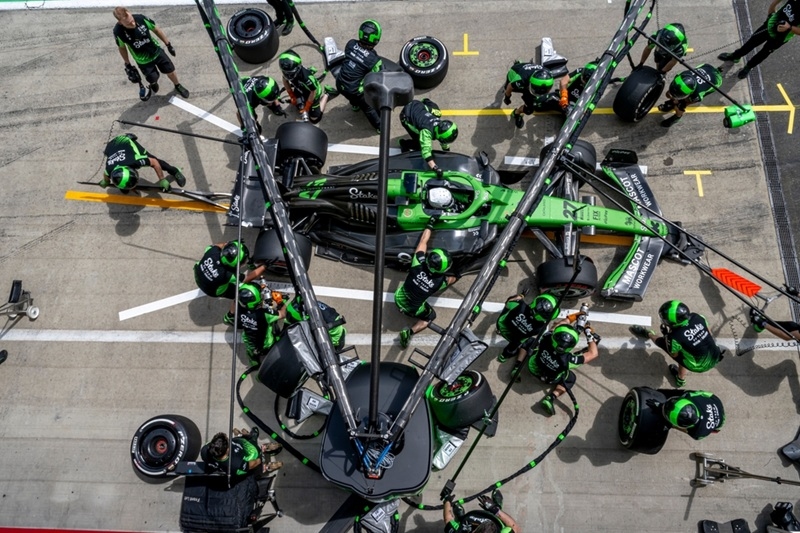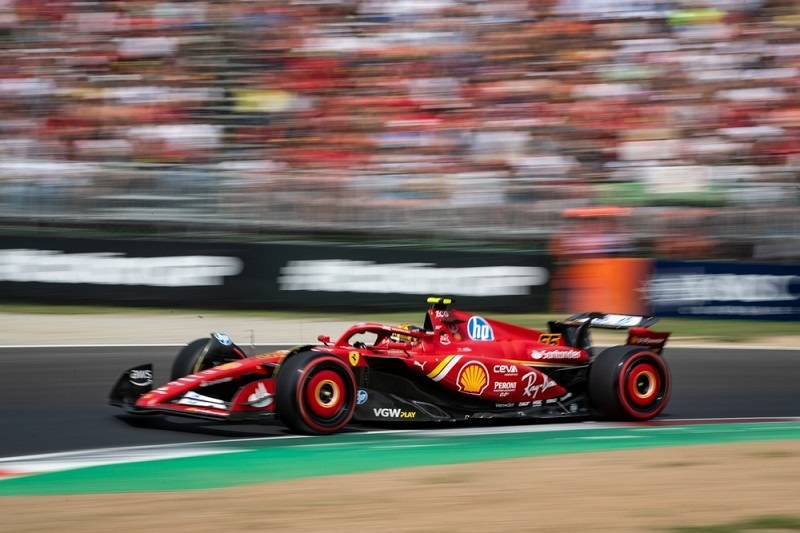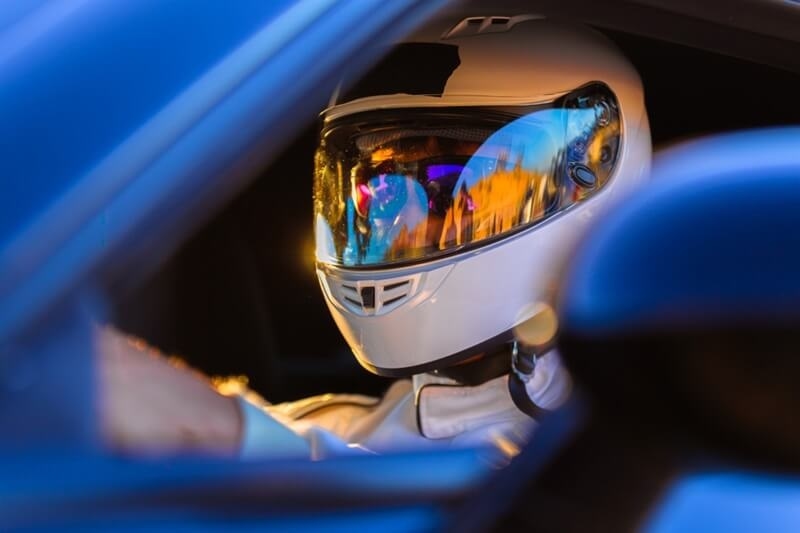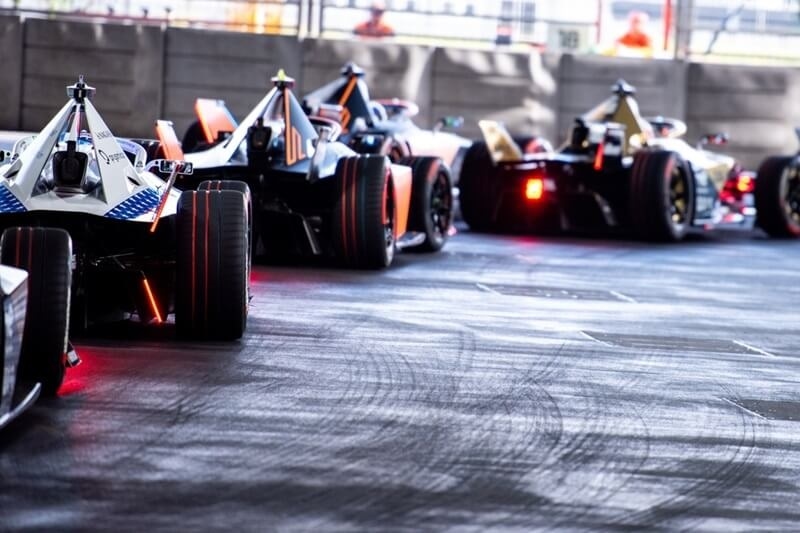Everything You Need to Know About F1 Driver Equipment

In the early years of Formula 1, fire posed a significant danger, often trapping drivers in their burning vehicles. Consequently, fire protection became a primary concern for safety, leading to advancements in race suits over time to enhance the likelihood of driver survival. Sir Jackie Stewart played a crucial role in advocating for improved safety measures in Formula 1 during some of its most perilous periods. His efforts contributed to the implementation of various safety features, including full-face helmets and seatbelts for drivers, alongside the establishment of specialized medical units at races, safety barriers, and expanded run-off areas.
It is essential for drivers to feel at ease in their race suits, avoiding restrictions from heavy or rigid materials while ensuring maximum protection in the event of an accident. The suit must also maintain a comfortable temperature for the driver, preventing rapid overheating, which could impair their performance.
Drivers are mandated to wear a race suit, undergarments, gloves, boots, and a helmet, a requirement that has remained largely unchanged since the 1960s. Nonetheless, the technology used in driver apparel has significantly advanced, offering enhanced safety features.
The FIA oversees the enforcement of safety protocols and routinely evaluates the regulations concerning driver attire. The regulations for helmets (8860) and clothing (8856) have undergone review and updates in recent years, receiving approval for 2024.
Head and Neck Support
The Head and Neck Support (HANS) device became mandatory in 2003, serving as the final component of a driver’s race equipment. This device restricts the movement of a driver’s head and neck within the vehicle, mitigating the risk of injury during a crash. The HANS device connects to the helmet and is secured by the seatbelts, anchoring it to the carbon fiber collar, which prevents hyperextension — a leading cause of fatalities in racing stemming from basal skull fractures. Roland Ratzenberger tragically experienced a fatal skull fracture at Imola in 1994, attributed to relying solely on a safety harness without head restraint.
In the absence of a HANS device, the harness would pull the shoulders back, inadvertently stretching the driver’s neck. This tension between the skull, neck, and shoulders could lead to injuries intensified by the weight of the helmet. Currently, in the event of a frontal collision, the HANS device mitigates the forward motion of a driver’s head and alleviates strain on their neck, effectively eliminating the risk of hyperextension.
You May Also Like: Unleashing the Power: How Much Horsepower Does a Formula 1 Car Have?
Layer of Fireproof Underwear
Beneath the race suit, drivers wear a layer of fireproof underwear that complies with FIA standards, typically made from Nomex. These undergarments are now crafted from breathable, moisture-wicking fabrics to ensure driver comfort in high temperatures. The underwear consists of a long-sleeve top, bottoms resembling long johns, and socks, all overlapping to provide an additional layer of fire protection. Drivers also don a balaclava, offering protection to facial areas that may be exposed by their helmets.
Historically, drivers favored balaclavas with two eye holes, but recent safety trends have shifted towards a single eye hole design. This additional protective layer typically covers the nose and mouth, featuring a stitched hole for a drinking tube to enable hydration during races.
Boots Have a Sock-Like Appearance
Boots are expected to provide some level of fire safety, though this is somewhat limited to enhance the feedback drivers receive from the pedals. In recent times, the design of the boots has shifted towards a sock-like appearance with a thinner rubber sole, moving away from the traditional leather or suede styles. The boots feature a flat sole to optimize pedal feel, and in wet conditions, it is common for drivers to dry their shoe soles before entering the car to improve grip.
Gloves Offer Safety Features
Gloves offer essential safety features, such as fire resistance and biometric capabilities. Each glove is crafted from fire-resistant Nomex material and allows drivers to feel the silicone grips on the steering wheel.
Biometric gloves were introduced in 2018 alongside the Halo system in cars. This safety feature tracks the driver’s condition after a crash. Each glove contains a 3mm thick sensor that sends data about the driver’s pulse and blood oxygen levels back to their teams.
The biometric information assists medical teams in assessing the driver's condition if they need to extract them quickly from the car following an incident. For instance, the recovery team might decide to skip certain procedures to free a driver more rapidly to stabilize their breathing or heart rate. Gloves with enhanced fire protection were developed in 2021 after Romain Grosjean's crash at the 2020 Bahrain Grand Prix. The Haas driver went through a barrier and spent 29 seconds in a fireball before escaping with severe burns to his hands but remained largely unharmed, thanks to the safety features of his car and suit.
In response to the accident, the FIA sought ways to enhance safety and began testing gloves that would provide additional fire protection in similar situations. Improved gloves were trialed at the 2021 Turkish Grand Prix, offering an additional 1.5 seconds of fire resistance.
Helmets Have Impact Absorbing Capabilities

A helmet is a crucial safety element in Formula 1, having been made mandatory in 1952. There have been ongoing advancements in helmet technology, including improvements to the durable outer shell and the impact-absorbing interior. In the early days of the sport, drivers wore merely cloth caps and goggles, which offered minimal protection, before cork helmets were introduced. Helmets have evolved significantly, with the development of Nomex, the addition of visors, and eventually full-face designs to enhance driver protection. Helmets consist of a carbon fiber outer shell with a foam liner and fireproof lining, which undergo rigorous testing for impact resistance and fire safety to ensure maximum protection for drivers. The FIA oversees helmet safety under the 8860-2018 regulations, which have also influenced other racing categories governed by the organization.
A significant safety modification in the 2018 regulations involved changes to the eye-port size and visor overlap. These helmet adjustments were implemented following an incident involving Felipe Massa in 2009, when a spring detached from Rubens Barrichello’s Brawn car and struck the front of Massa's helmet. Although the helmet absorbed most of the impact, Massa was rendered unconscious and required surgery to insert a metal plate into his skull.
The FIA subsequently introduced a Zylon strip to reinforce the visor-helmet overlap, along with new regulations to minimize the visor opening and strengthen the area around the eye-port.
Helmets once included a tube that connected to a medicated gas supply during the 1970s and 80s to assist a driver in breathing if trapped in a fire. With evolving safety measures, these tubes are no longer a standard feature in cars or required by regulations.
Race Suit Provides Fire Protection
A race suit, also referred to as overalls, serves the main purpose of providing fire protection for drivers while also being lightweight and comfortable. The FIA mandated the use of overalls in 1963, and by 1975, specific fire-resistant standards were established. The FIA has regulations for driver clothing, known as 8856-2018, which stipulate that the suit must be a single piece and include shoulder handles for driver extraction purposes. Each race suit includes an expiry date stitched into the neck to guarantee maximum protection for the driver. Previously, this date was printed on the overalls but was changed to a more fire-resistant option due to wear and burn risks.
Overalls have evolved significantly since the early 1960s; contemporary race suits are made from lightweight, breathable materials coated with fire-resistant Nomex, a flame-resistant fiber. They undergo testing to ensure they can endure heat up to 600-800 degrees for over 11 seconds, which also applies to the zips and stretch panels to protect drivers from fire. Each set of overalls is designed with close-fitting wrists and ankles, a high collar, and a flap covering the full zip to shield the driver from flames. A race suit is custom-fitted for each driver, although preferences vary; some, like Jacques Villeneuve, favor a looser fit for comfort.
The suit incorporates stretch panels or a longer back for driver comfort while seated, with a shorter front to prevent pulling under a seat belt. The overalls are crafted from lighter materials to facilitate movement and are breathable to allow body heat and excess sweat to escape, reducing the risk of heat exhaustion. Current suits weigh about 750g, a significant reduction from older versions that weighed around 2kg. Overalls no longer feature embroidered patches to enhance weight and movement efficiency, with sponsor logos now printed on the fire-resistant outer layer.
Similar Reads You May Enjoy: Unleashing the Speed: The Top Speeds of F1 Cars
Conclusion
These represent some of the essential safety equipment in F1 that contributes to driver safety. F1 racing necessitates additional safety gear due to the high agility of the vehicles, which are specifically engineered for racetracks, with very few having street-legal status. Nonetheless, there are various super and sports cars available on the market that are street-legal. Those cars do not require such extensive safety equipment!
This content was created by AI




